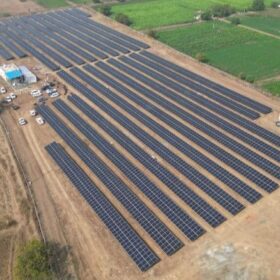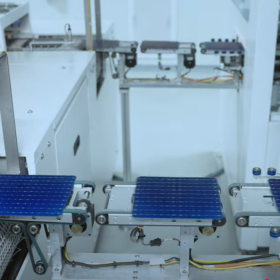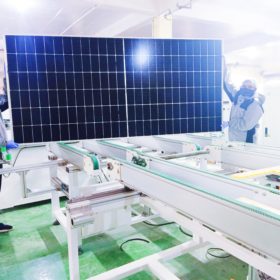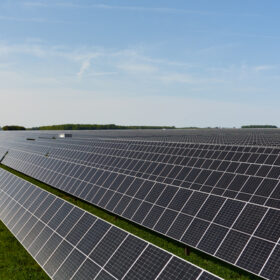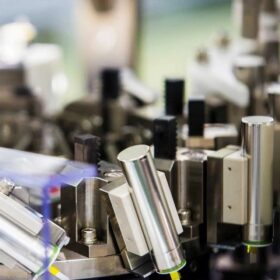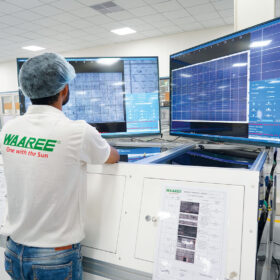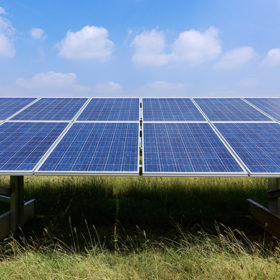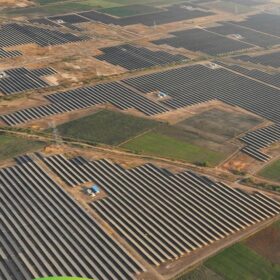The ease of financing in the solar sector
Innovative models that provide pay-as-you-go solar systems, peer-to-peer energy trading, and crowdfunding platforms could expand access to renewable energy for underserved communities.
Perovskite solar beach umbrella and electric cooler
Anker introduced an off-grid solar perovskite umbrella and a cooler with battery energy storage at CES 2025 in Las Vegas, Nevada.
World’s largest pumped storage power plant fully operational in China
The plant features 12 reversible pump-turbine units, each with a capacity of 300 MW, including two variable-speed units, bringing the total installed capacity to 3.6 GW.
Envision secures 1 GW wind turbine, 320 MWh battery storage system orders from Juniper Green Energy
Envision will supply 200 units of its EN182|5MW wind turbine generators and a 320 MWh energy storage solution powered by high-performance (315Ah) Lithium-ion cells.
Jupiter International announces INR 6,500-crore plan for solar wafer-to-module manufacturing
Solar cell manufacturer Jupiter International plans manufacturing capacities of 3 GW for wafers, 9.4 GW for cells (including the existing 1 GW), and 6 GW for modules.
Vertical rooftop PV performs better than conventional rooftop solar under the snow
A case study analysis by Norway’s Over Easy Solar has found that vertical rooftop solar panels outperform conventional rooftop PV systems during snowy months. Energy yield was up to 30% higher in the winter months in Norway, according to the company.
Saatvik Green secures 1 GW solar module contract
Saatvik Green Energy has secured an INR 1,500-crore contract to supply 1 GW of n-type TOPCon solar PV modules.
PM Modi virtually lays foundation stone for green hydrogen hub project in Andhra Pradesh
The green hydrogen hub is being jointly developed by NTPC Green Energy Ltd, the renewable arm of NTPC, and New & Renewable Energy Development Corp. of Andhra Pradesh (NREDCAP), the state nodal agency for implementation of renewable programme in Andhra Pradesh.
EDF Renewables, Enbridge switch on 577 MW of solar in US
EDF Renewables and Enbridge have launched the 577 MW Fox Squirrel Solar project in Ohio. It provides renewable energy to Amazon as the US state’s largest operational solar farm.
The shift to advanced battery technologies for a sustainable future
With the growing integration of renewable energy solutions in power grids, the demand for efficient energy storage solutions is only set to grow. Taking cognizance of the advancements in battery technology, India today stands at the cusp of a major revolution.
